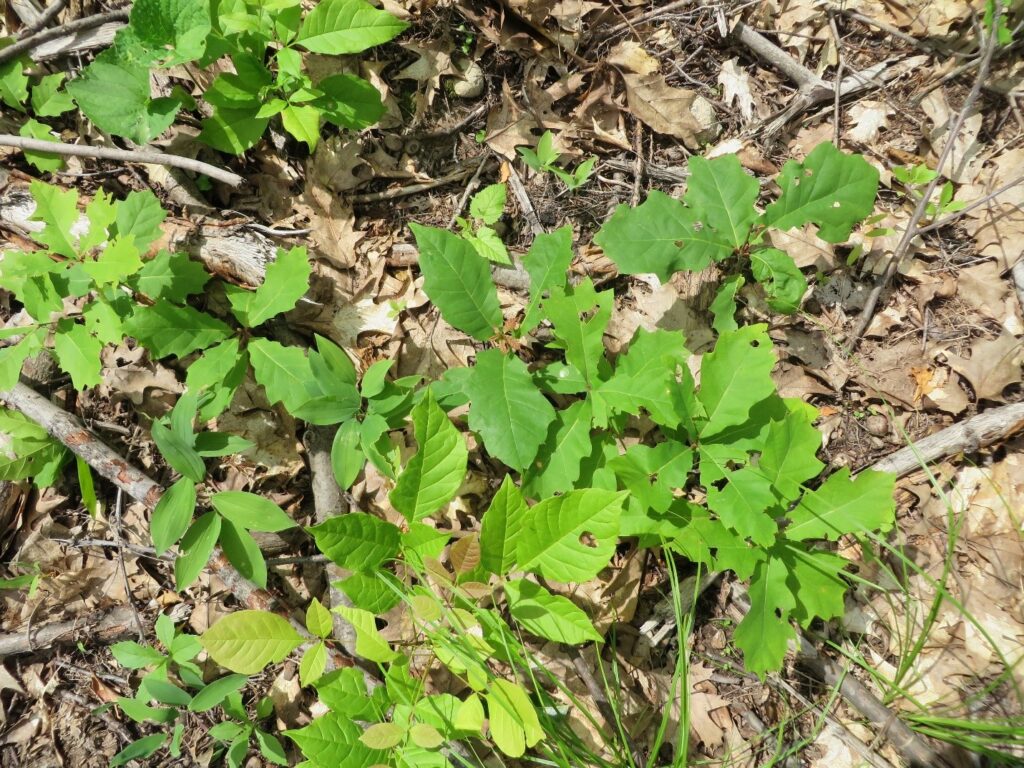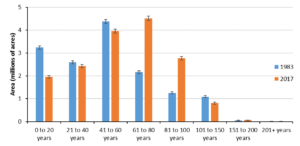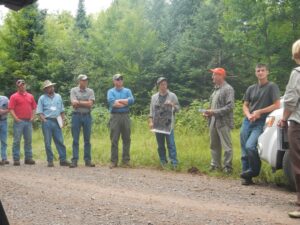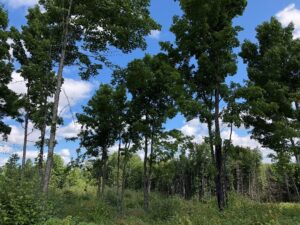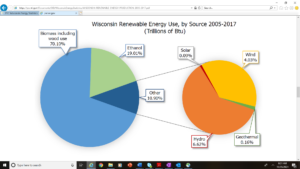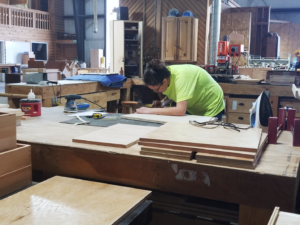Old-growth forests are unique ecosystems that were historically abundant across the forested regions of Wisconsin but have now dwindled to about 1% of their original presence. Realizing the importance of old-growth forest structure and composition, the Wisconsin Department of Natural Resources (DNR) and U.S. Forest Service (USFS) partners initiated a study in 2004 to look at silviculture methods to maintain and enhance old-growth characteristics. The Managed Old Growth Silviculture Study (MOSS) continues today on public lands in northern Wisconsin including the Flambeau River State Forest, the Northern Highlands – American Legion State Forest and the Argonne Experimental Forest (located within the Chequamegon – Nicolet National Forest). The main goal of this study is to develop forest management techniques that accelerate the development of structural and compositional complexity in second-growth northern hardwoods.
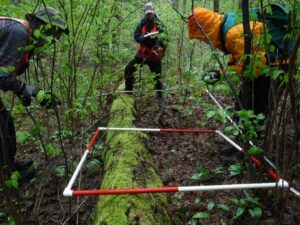
Wisconsin DNR forest research crew collecting old growth data. Credit: Wisconsin DNR
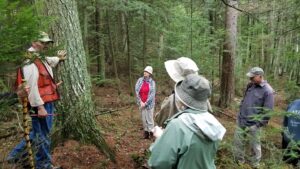
A forester explains the values of old growth in a Hemlock stand near Woodruff. Credit: Wisconsin DNR

